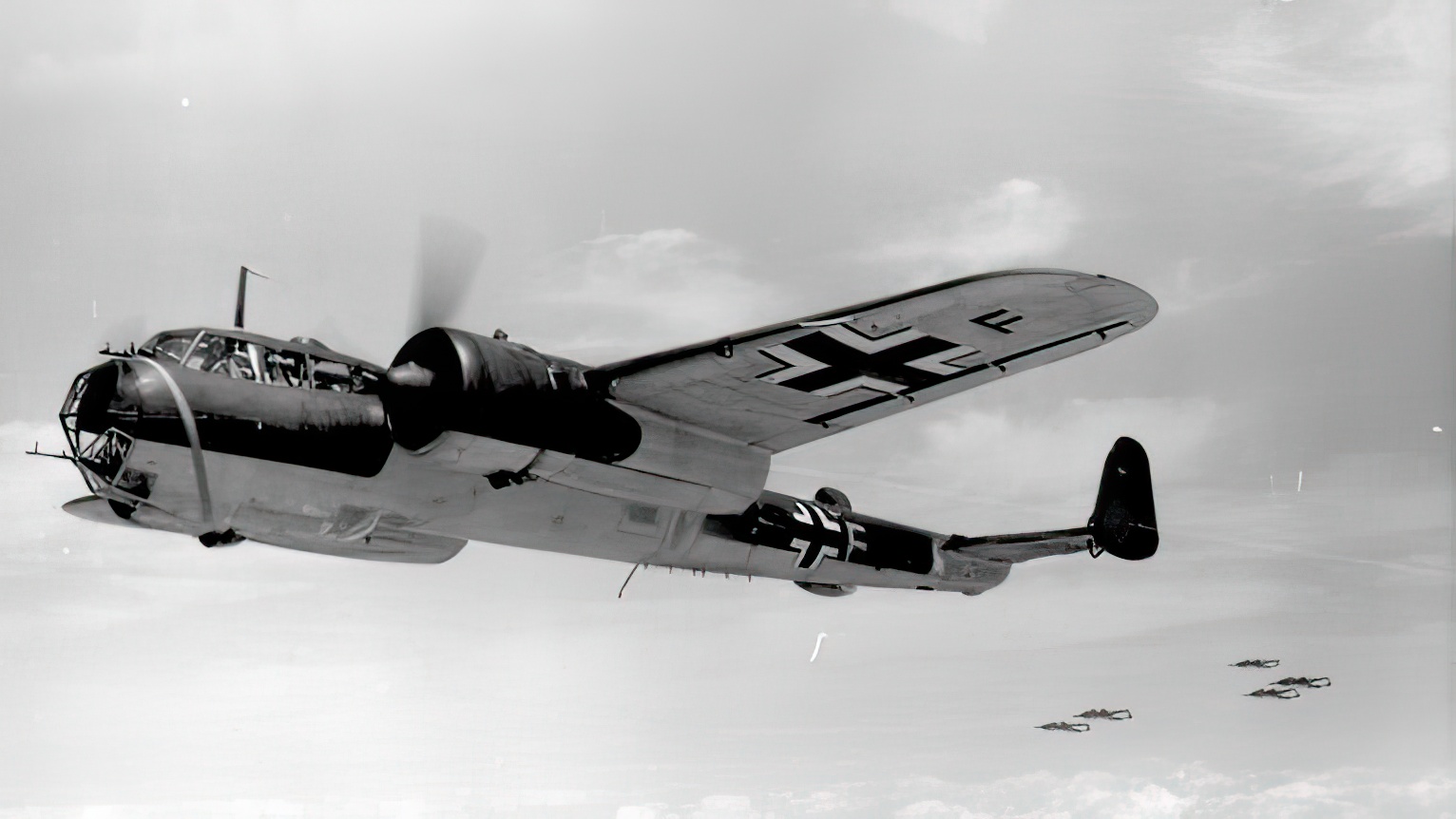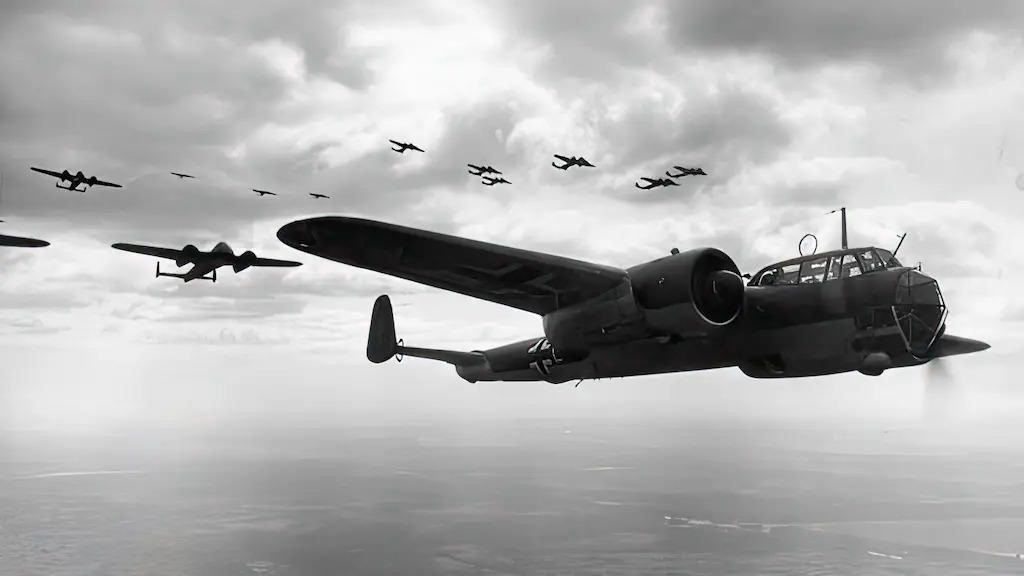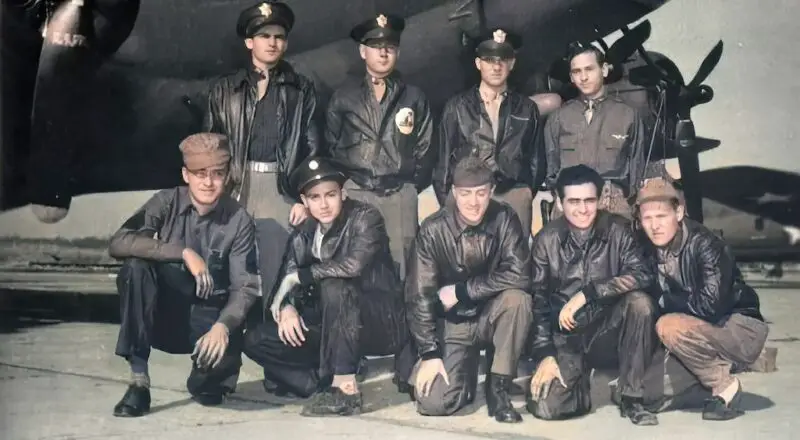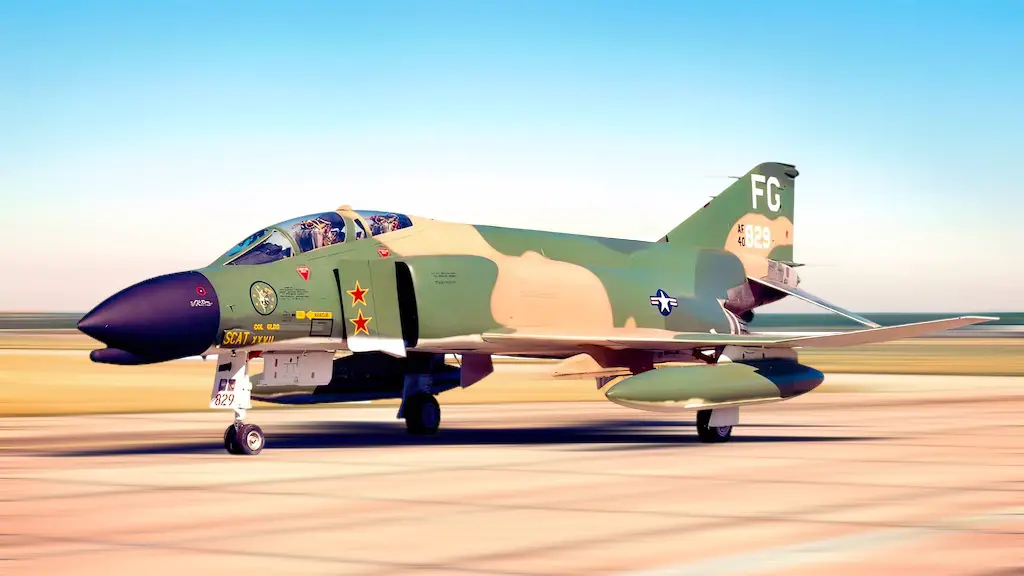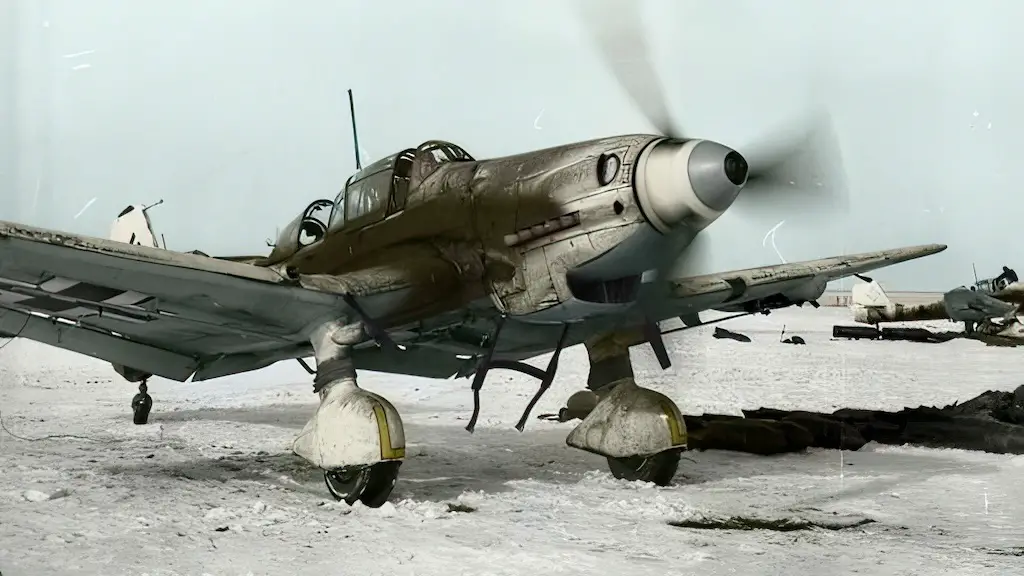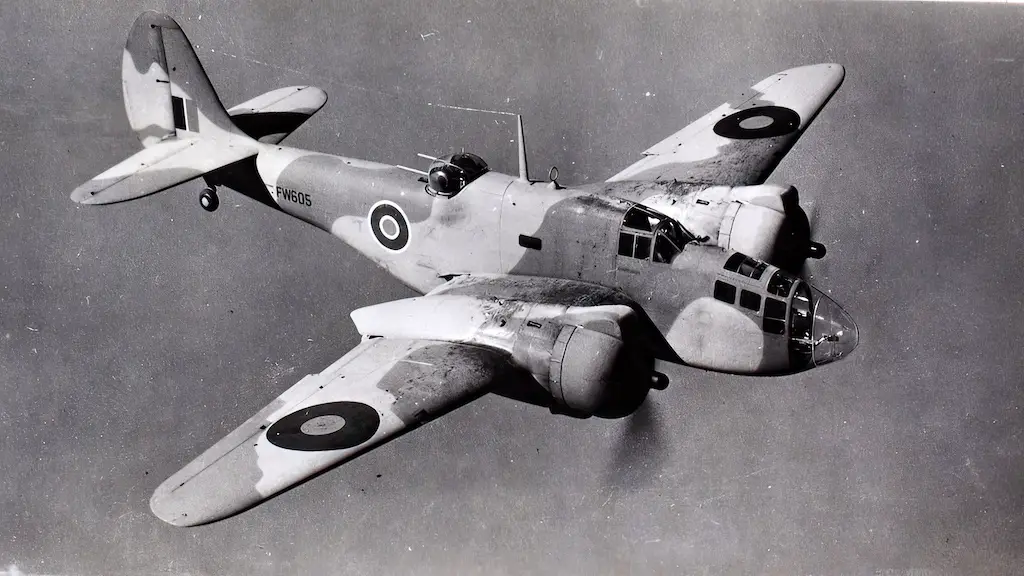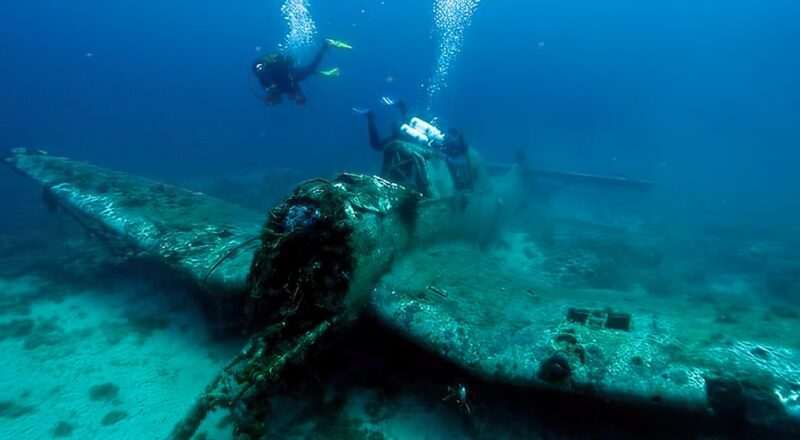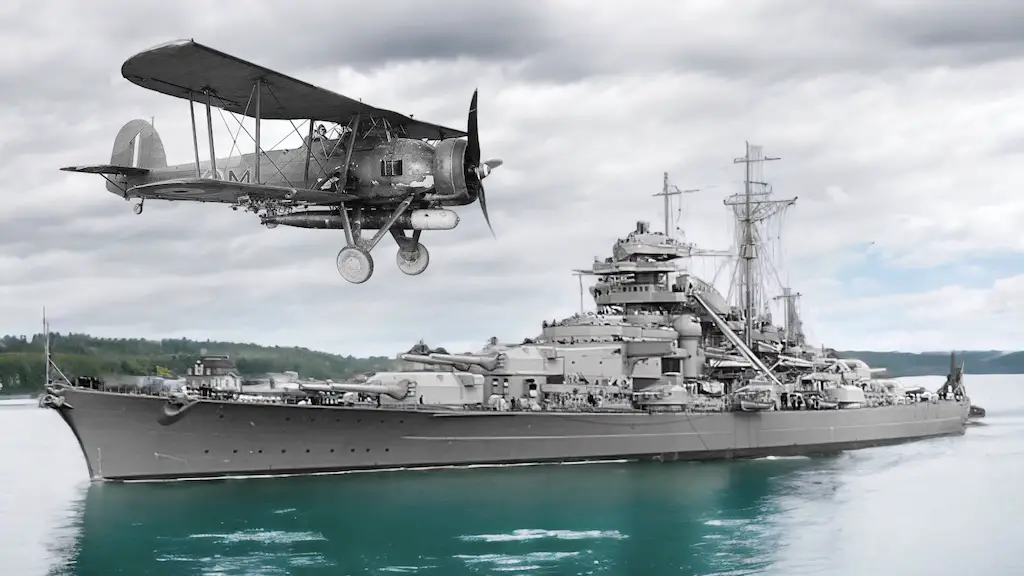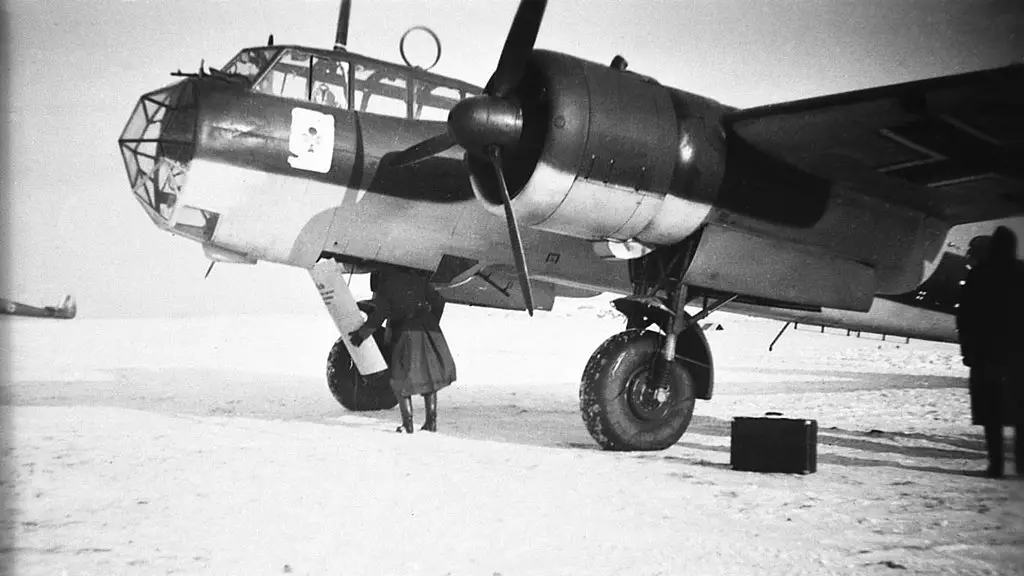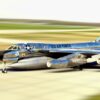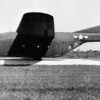A Different Breed of Warbird
The Dornier Do 17, a machine designed for war, emanated an odd, otherworldly charm. This German warbird, affectionately christened the “Flying Pencil,” was a peculiar sight against the backdrop of World War II’s tempestuous skies. Its alien-esque yet strikingly sleek design, capped with a distinctive, beetle-like glazed canopy, etched a distinct image in the minds of both allies and adversaries.
The Do 17 did not merely bank on its unique aesthetics. Behind its glassy gaze and slender figure, this bomber concealed a blend of raw power and performance that would command respect in the early days of the global conflict.
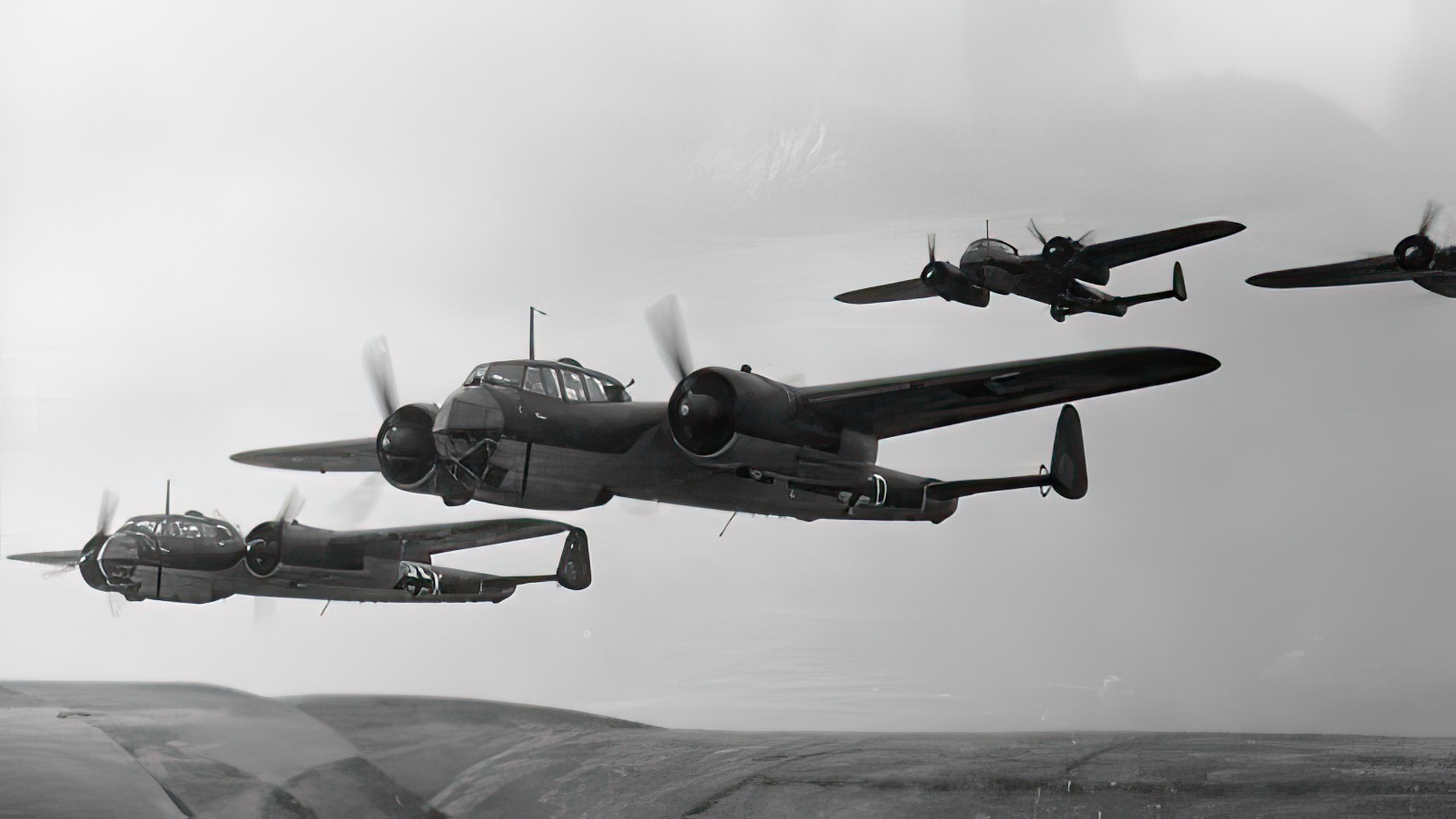
The Birth of the Do 17
In the early 1930s, the Dornier company, led by the pioneering Dr. Claudius Dornier, set to work on a new aircraft. Initially conceived as a high-speed, mail-carrying airplane, the Dornier Do 17 soon found its purpose shifting towards more martial pursuits.
After a successful first flight in 1934, military officials saw potential in the Do 17’s speed and nimbleness. By 1937, Dornier had rolled out Do 17 variants designed for both reconnaissance and bombing missions, quickly becoming a vital part of the Luftwaffe’s arsenal.
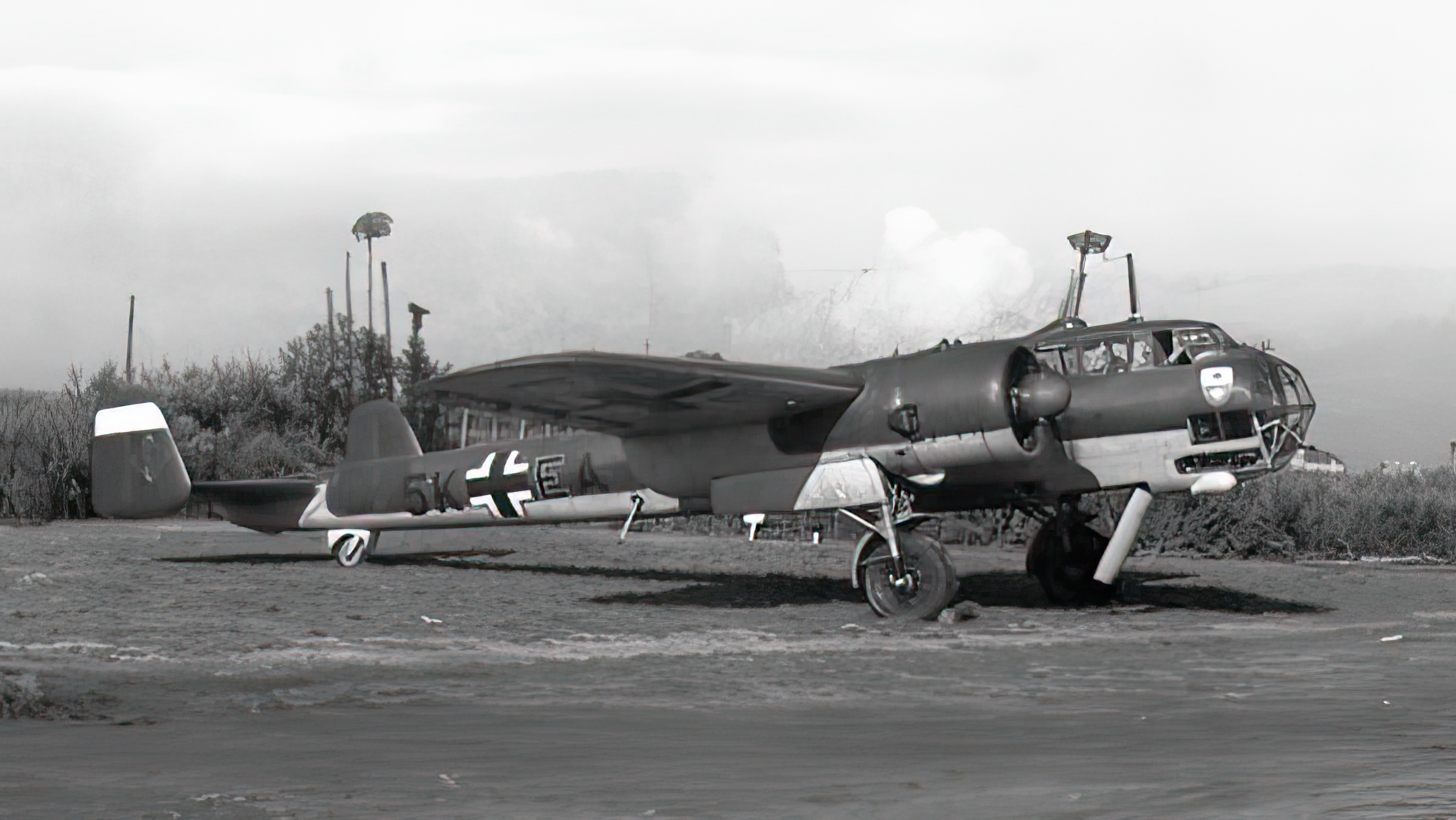
Bramo 323 Engines
At the heart of the Do 17 lay its engines – the powerful Bramo 323. This was a nine-cylinder, air-cooled radial engine developed by the Brandenburgische Motorenwerke. The inclusion of this engine was an engineering triumph. Each engine delivered roughly 1,000 horsepower, giving the Do 17 an impressive top speed of nearly 255 mph.
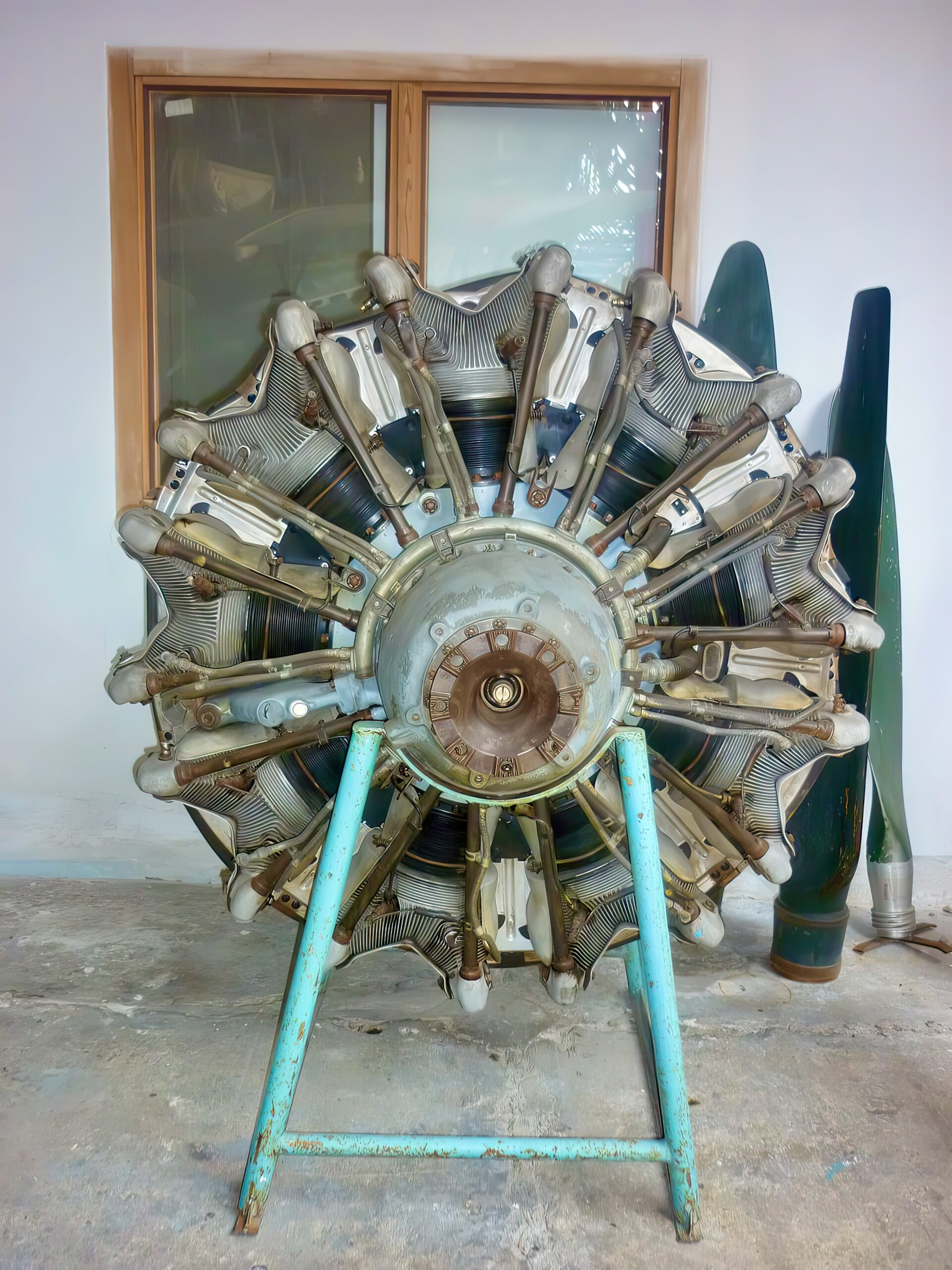
The Pencil’s Edge
When war broke out in 1939, the Dornier Do 17 formed a significant part of Germany’s bombing force. It played a pivotal role in the early days of the conflict, participating in the Blitzkrieg tactics that swept across Europe.
The Do 17 saw extensive action in various theaters, from the Battle of France to the night skies over Britain. It excelled in these roles, often outpacing enemy fighter aircraft and delivering its payload with chilling precision.
The Achilles’ Heel
Despite its sleek design and impressive speed, the Dornier Do 17 was not without its faults. A significant drawback was its limited bomb load capacity. The thin, pencil-like structure that lent the aircraft its nickname also restricted the amount of ordnance it could carry. The Do 17’s defensive armament was also found lacking, with its rearward-facing guns providing inadequate coverage against enemy fighters. The aircraft’s performance at high altitude was another sore point; it struggled for breath above 16,000 feet, which increasingly exposed it to interception as the war progressed. These limitations gradually rendered the Do 17 less effective, leading to its replacement in frontline service by more capable bombers as World War II raged on.
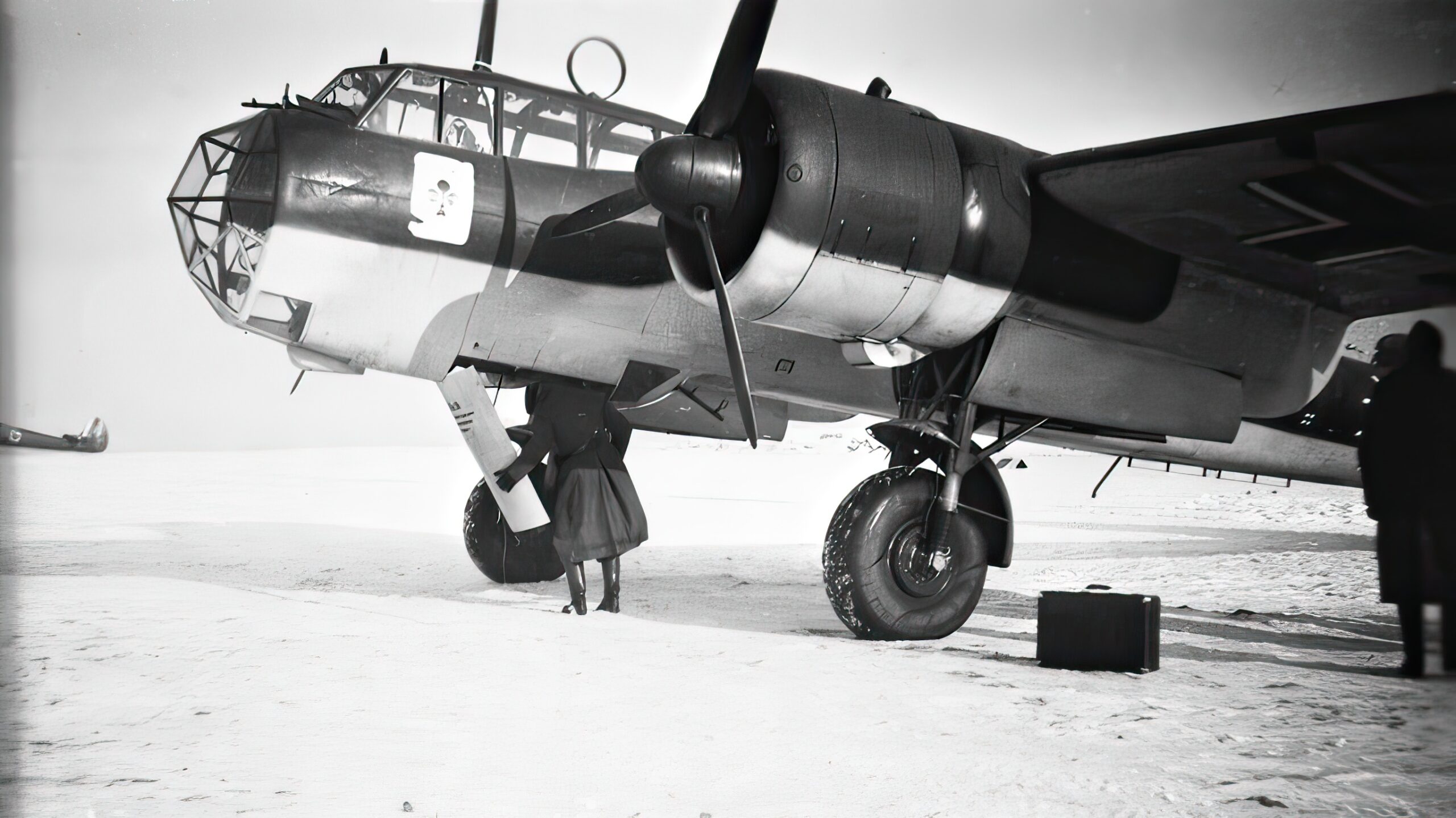
The Do 17’s Post-War Fate
The end of the war marked the end of the Do 17’s active service. Many of the surviving airframes met their end in scrapyards, or left decaying in forgotten corners of airfields. However, a few examples were lucky enough to escape this fate.
The final resting place for many of the Do 17s was the sea. In recent years, a Do 17 was found in the English Channel. After a challenging recovery operation in 2013, the RAF Museum in Cosford has painstakingly conserved and displayed it for the public, offering a tangible link to a bygone era.
Despite the majority of these remarkable aircraft having faded into history, the Dornier Do 17 lives on in museums and the memories of those who saw it in action. Its unique design and influential role ensure that it will forever be remembered as a symbol of early World War II aerial warfare.
